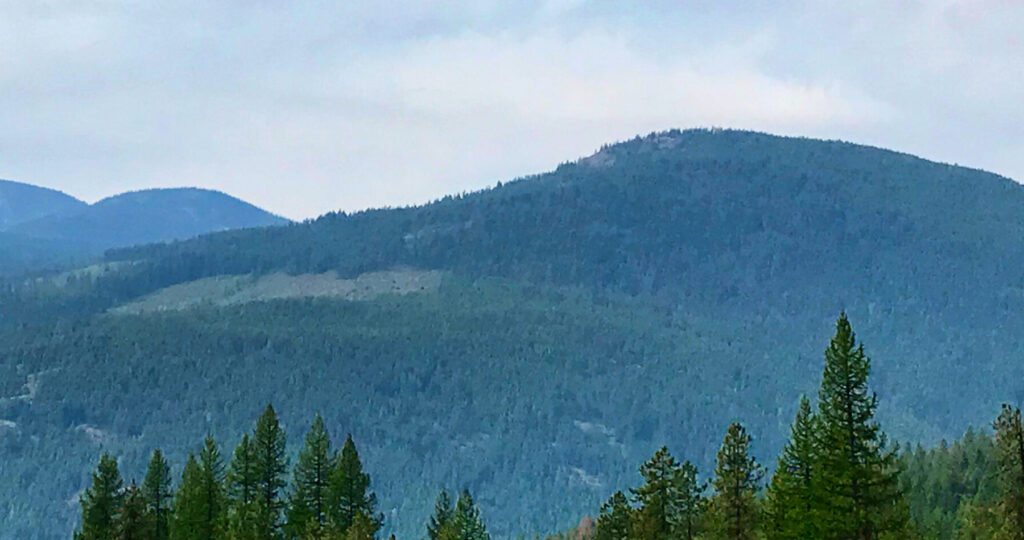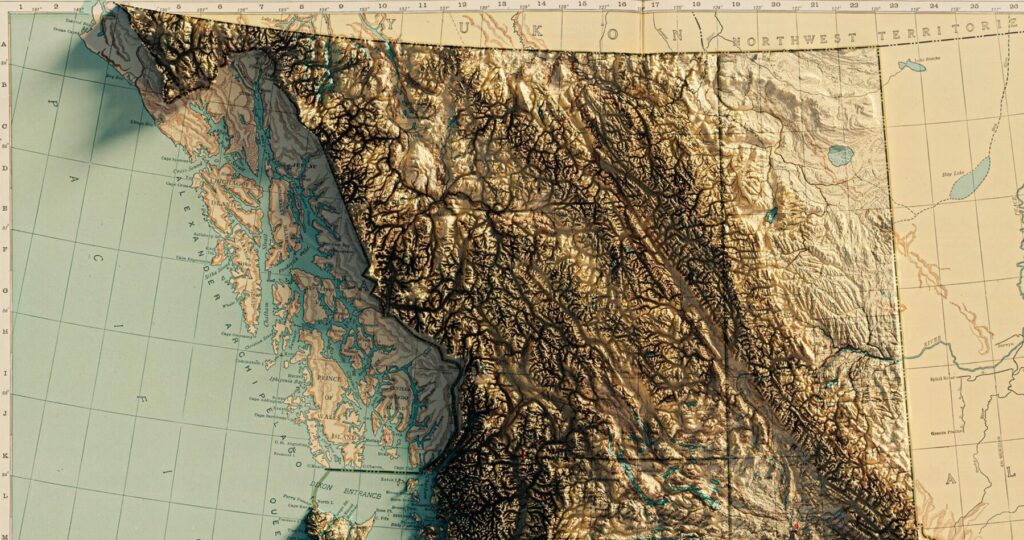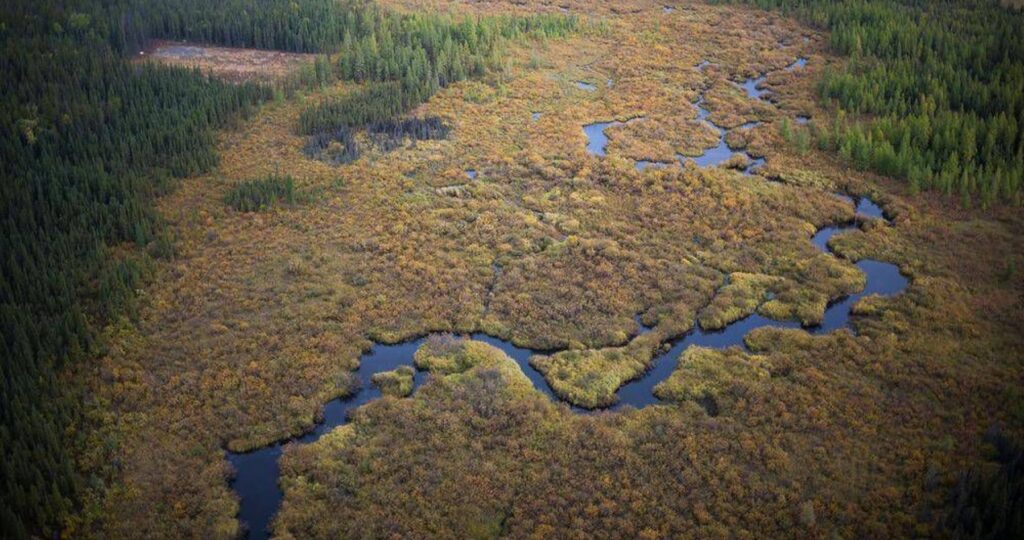Post Category : Archaeonerdism Archaeotourism
Visiting the Terracotta Army Museum
In a continuation of our posts in honour of “Mysteries of China” playing at the Telus World of Science for the months of February and March, I decided to look back on my trip to the Terracotta Warrior museum just outside of Xi’an.
We visited the Terracotta Army Museum in the winter of 2014. This was a good time to visit because the crowds were minimal but it was bone-chillingly cold. The Terracotta Army is indoors but there are several large windows and the door is kept open so it is still pretty cold in there too. So bundle up!
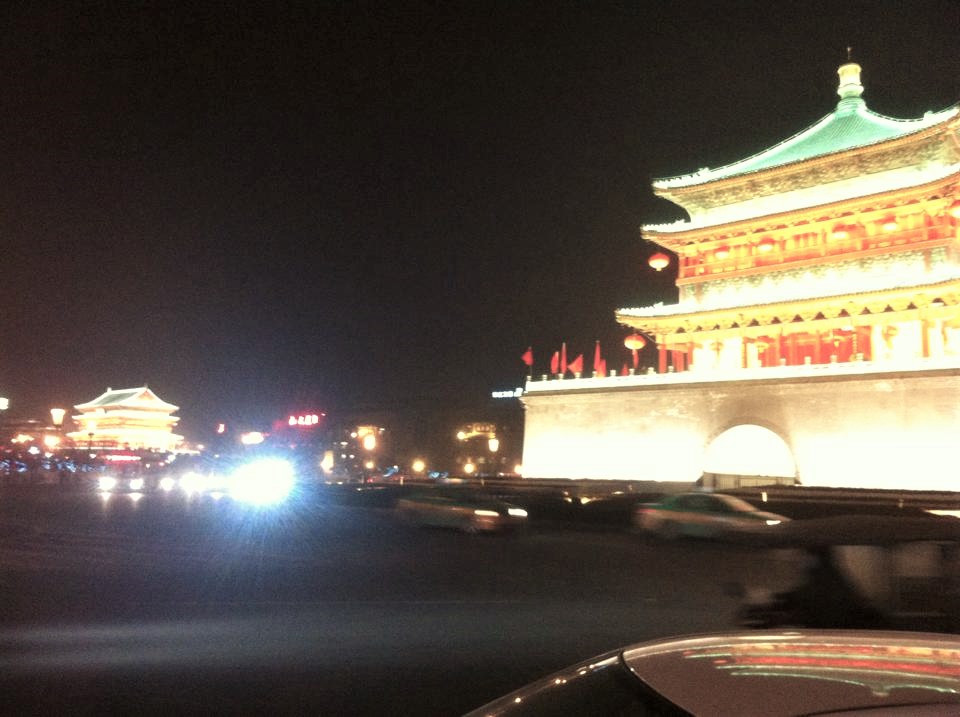
We took a local bus that you can catch just east of the railway station located north of the city wall approximately 3.5 km north of the Bell Tower. There will be several buses that will take tourists directly to the museum. The ride takes about 45 minutes and will take you to a large parking lot.
There are number of signs that have been translated into English but if you have limited knowledge going into the site it might be a good idea to get a guidebook or hire a guide.
The terracotta sculptures were created to represent the armies of Qin Shi Huang and their purpose was to protect the emperor in his afterlife when he died in 210-209 BCE. The Terracotta army is located east of the large mausoleum for the emperor that is underneath a 76 m tall pyramid-like mound. Work on the mausoleum began in 246 BCE (when Emperor Qin was 13 years old) and required 700,000 workers. This tomb has not been subjected to archaeological excavation as of 2017.
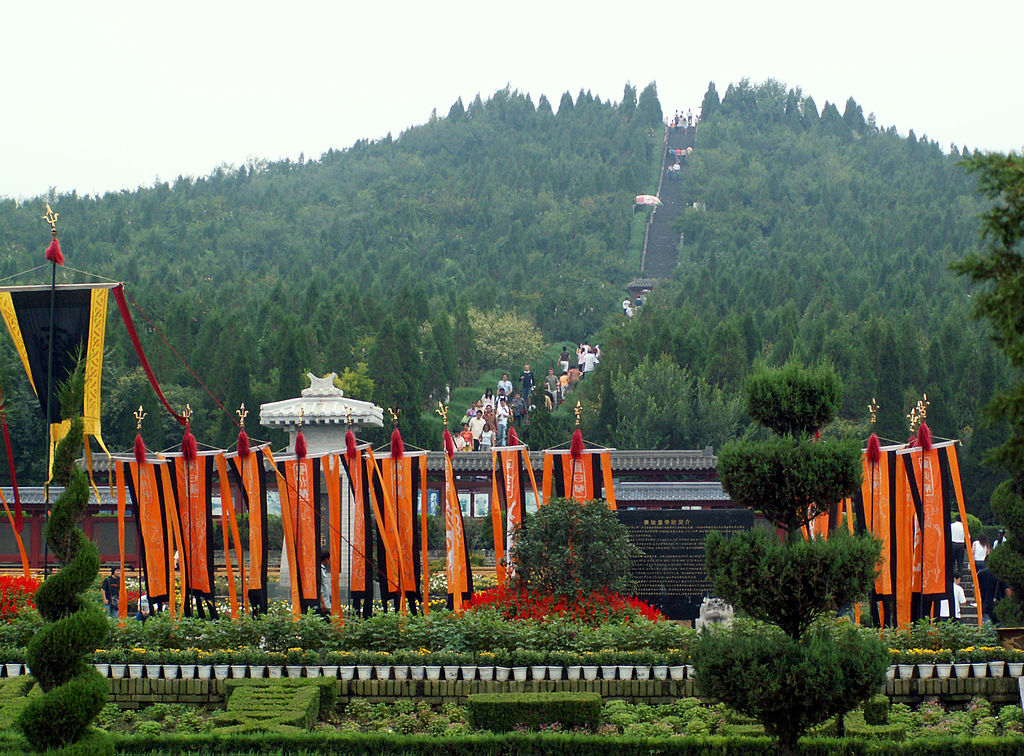
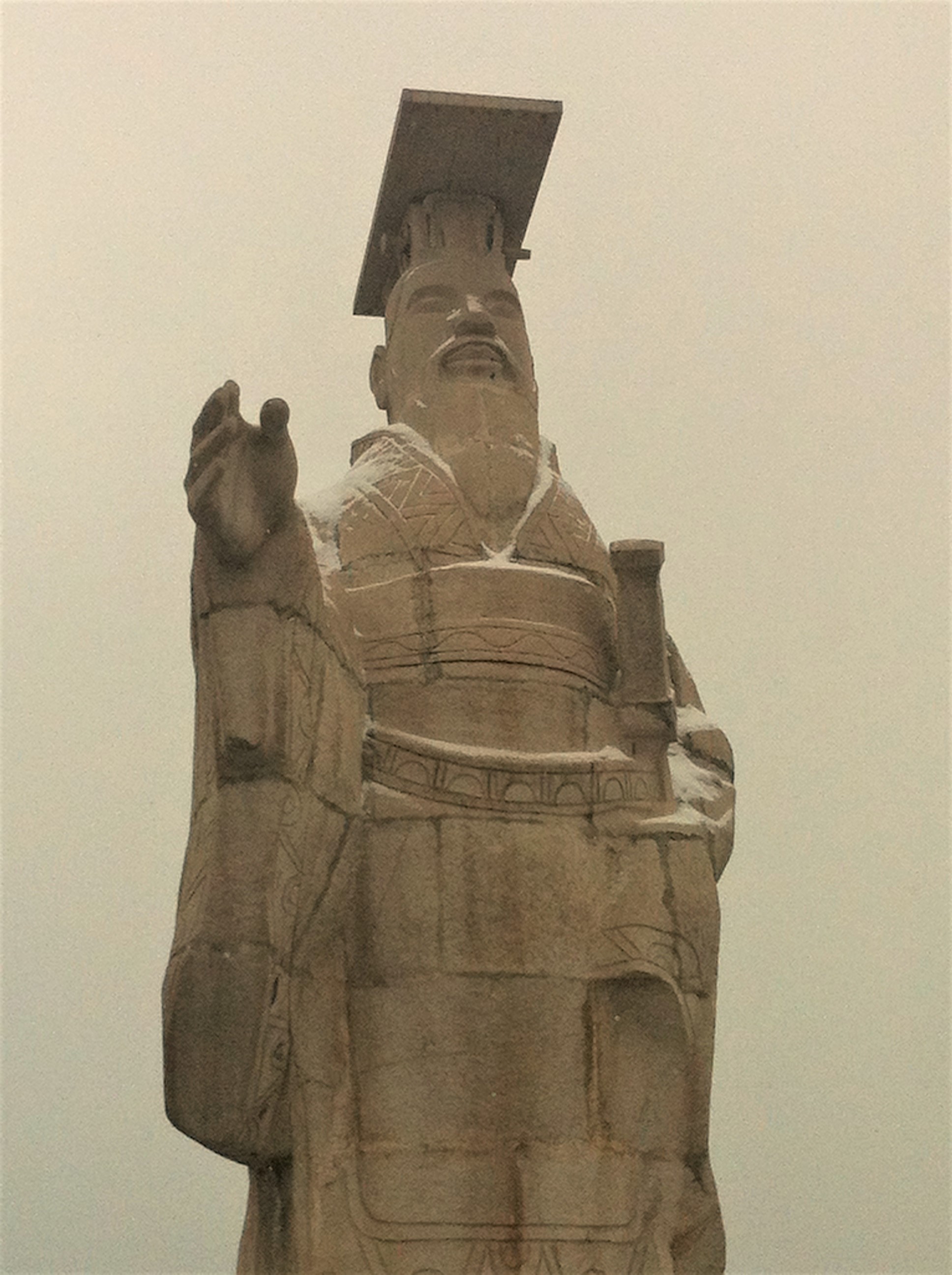
From the parking lot, you will see a large statue of Emperor Qin Shi Huang, walk toward it and continue walking west (about 15 minutes) until you come Pit 1. When you first walk in to Pit 1 you will be blown away by the number of statues (over 6,000!). In this pit you can see the 11 corridors of warriors placed on pottery bricks separated by rammed earth walls. The corridors had wood roofs that were covered with reed and clay then covered with 2 to 3 m of soil.


As you walk around the side of the vault you can get a little closer to some of the recently restored statues. You can also see a sign pointing to the location of well dug by a farmer that discovered the site back in 1974. The farmer was at the museum when I visited and he signed a nice book of photographs that I purchased.


You can exit out of the back of Pit 1 and continue to Pit 3 which is a much smaller vault with one chariot and several high-ranking officers.
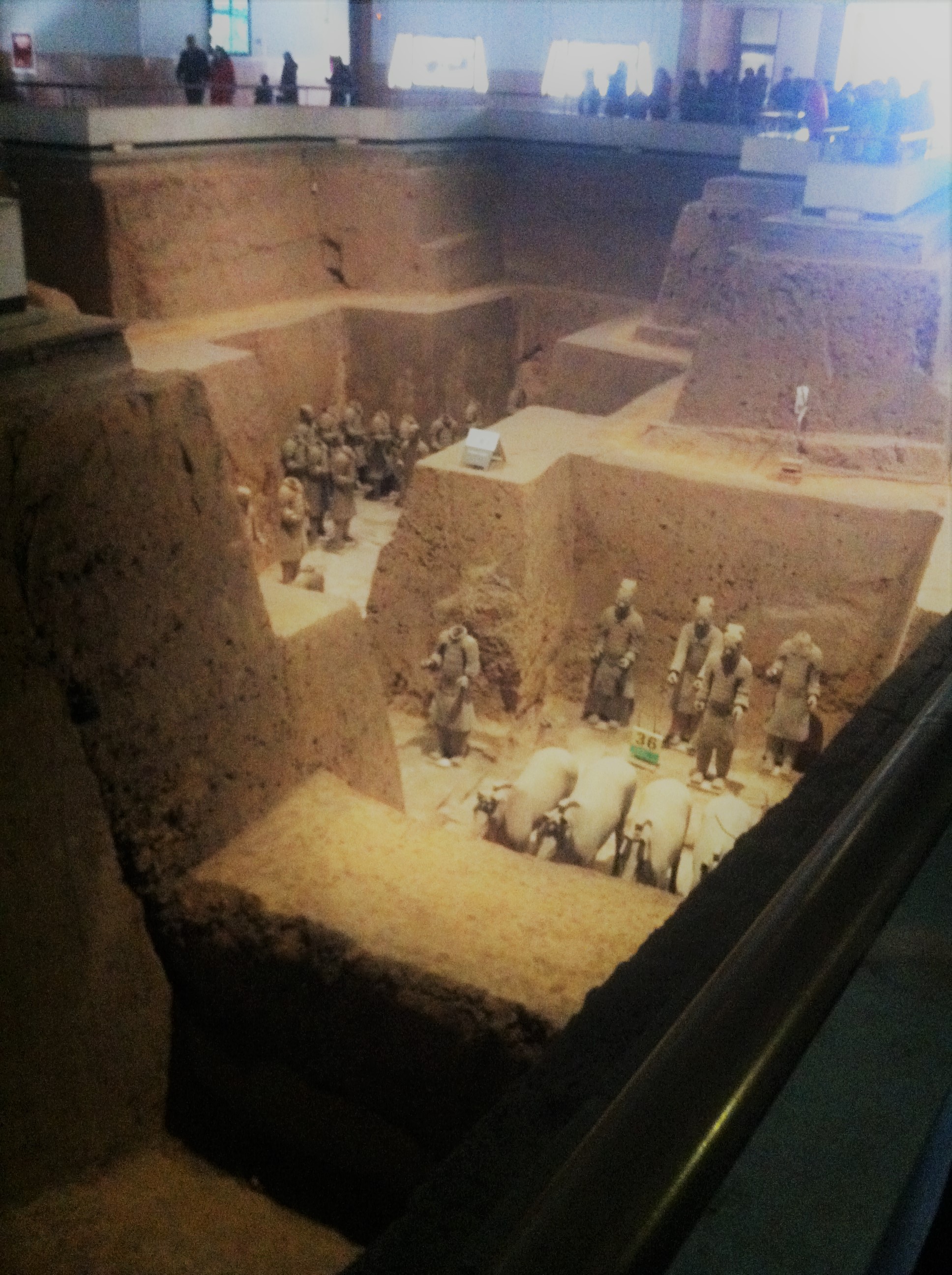
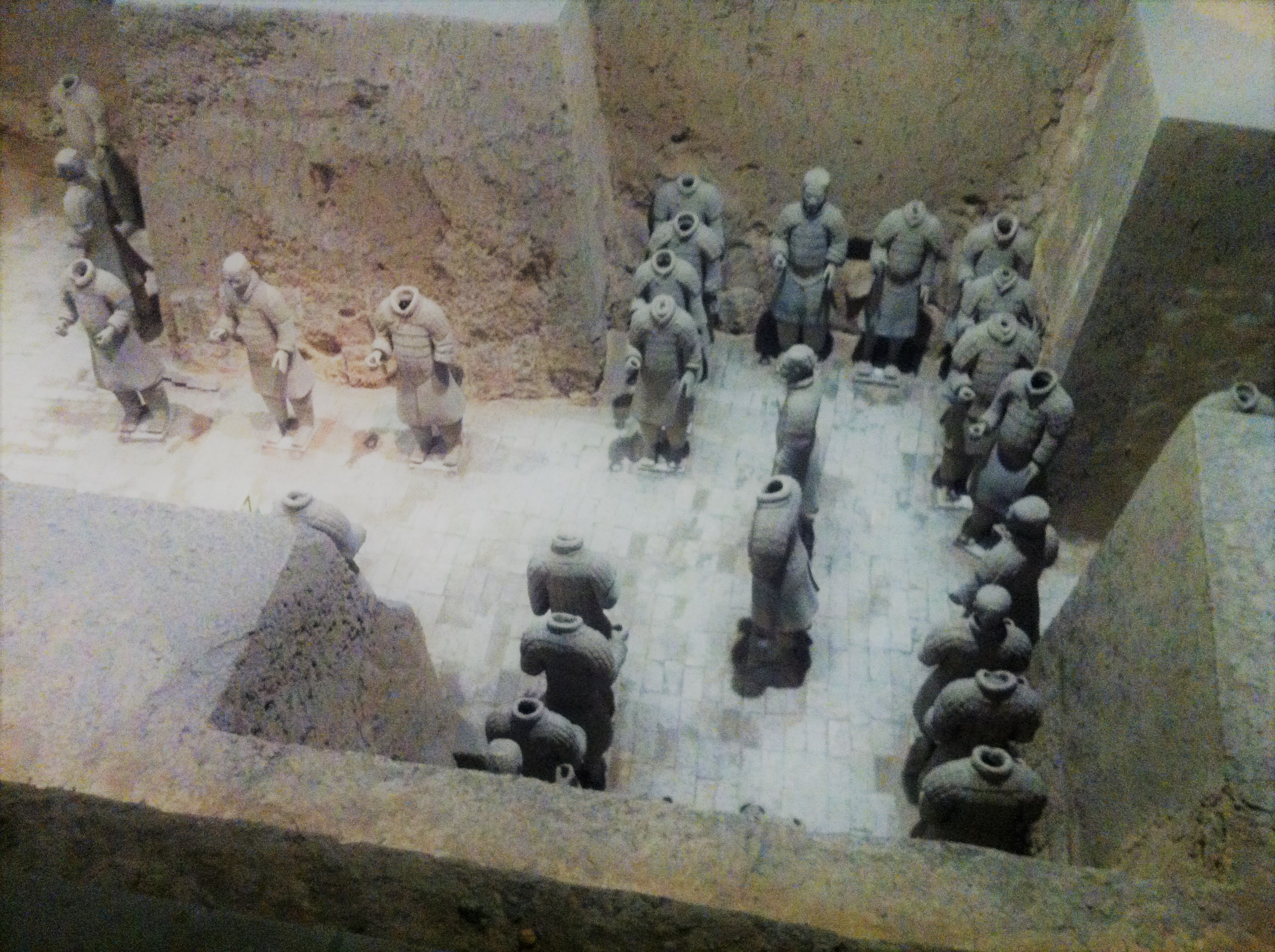
Exit to the east and continue to Pit 2. In pit 2 the soldiers have not been restored as in the other pits.
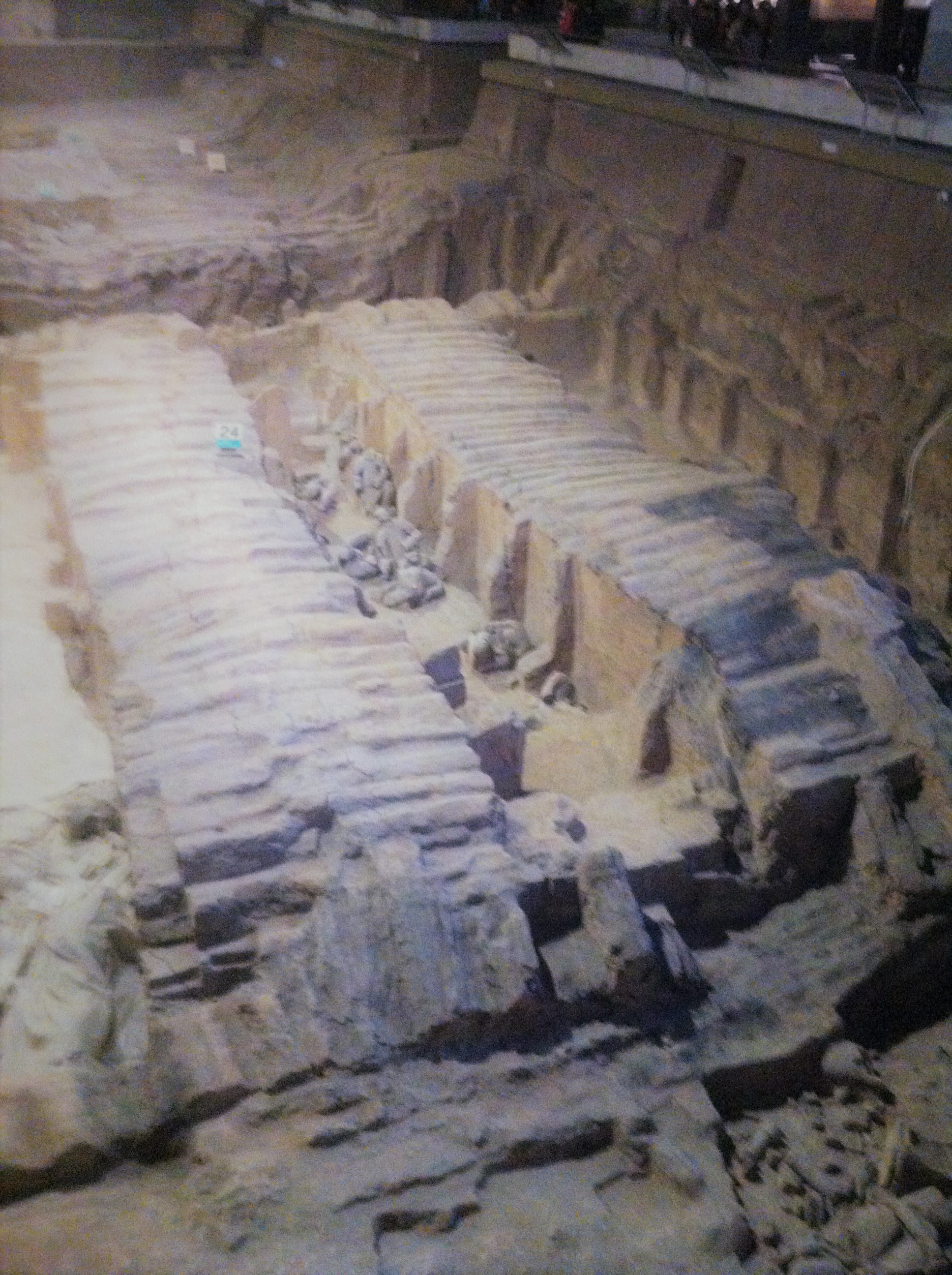
Once you are done with the main excavation pits you can go two exhibits on either side of the main courtyard. These are the Exhibition of Ancient Weapons to the north and the Bronze Chariot Exhibition Room to the south. In these rooms you can get a little closer to the artifacts (but they are behind glass of course) to see the little details. You can see some pieces that still have the paint intact.

I was also unaware of all the non-military types of statues that existed. There are more than just warriors and archers that have been found. The emperor also wanted his entertainment and servants in the afterlife. There are Terracotta statues of musicians, acrobats, and women as well.
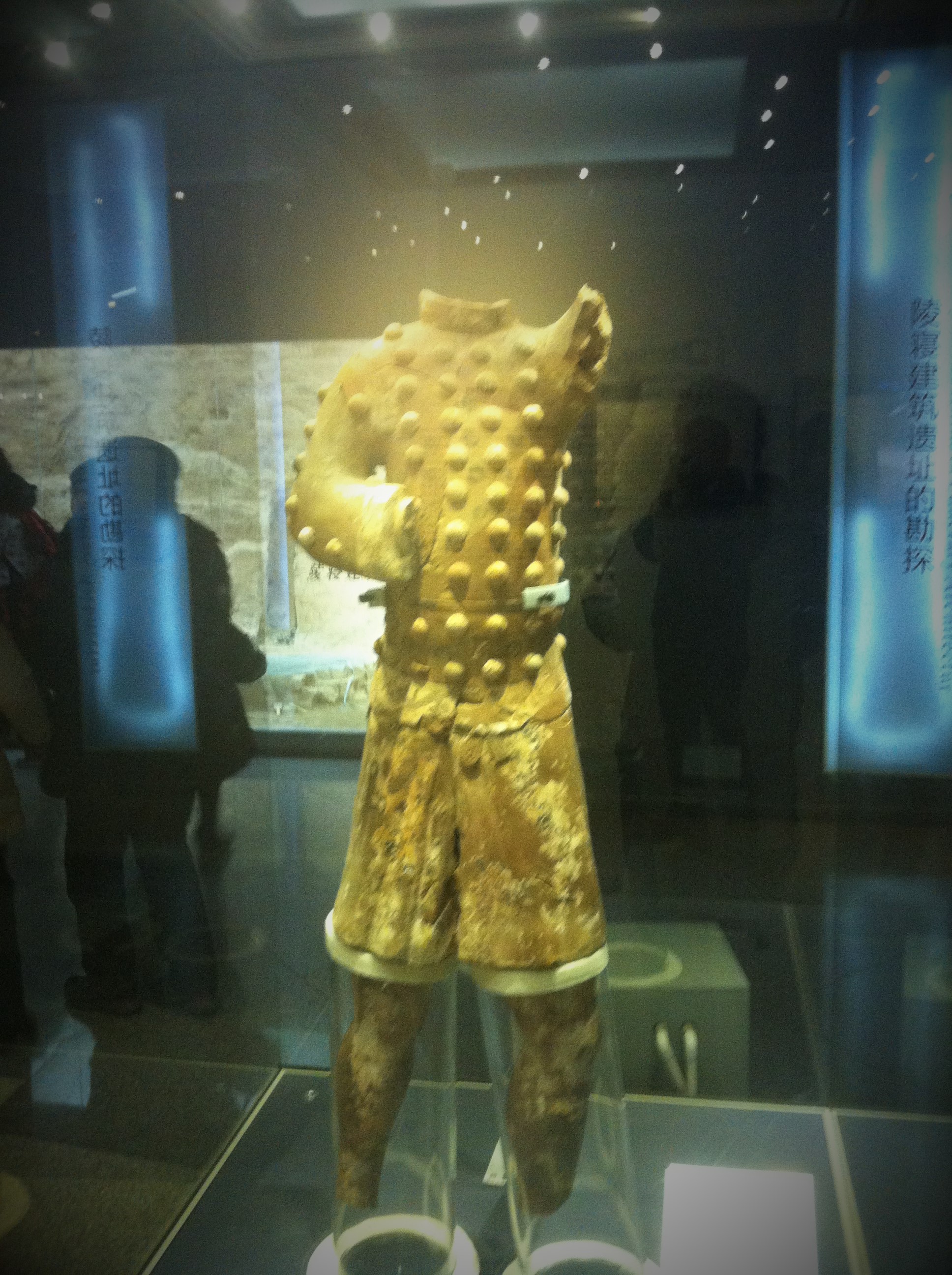


You can also see the Bronze Chariot at this exhibit.
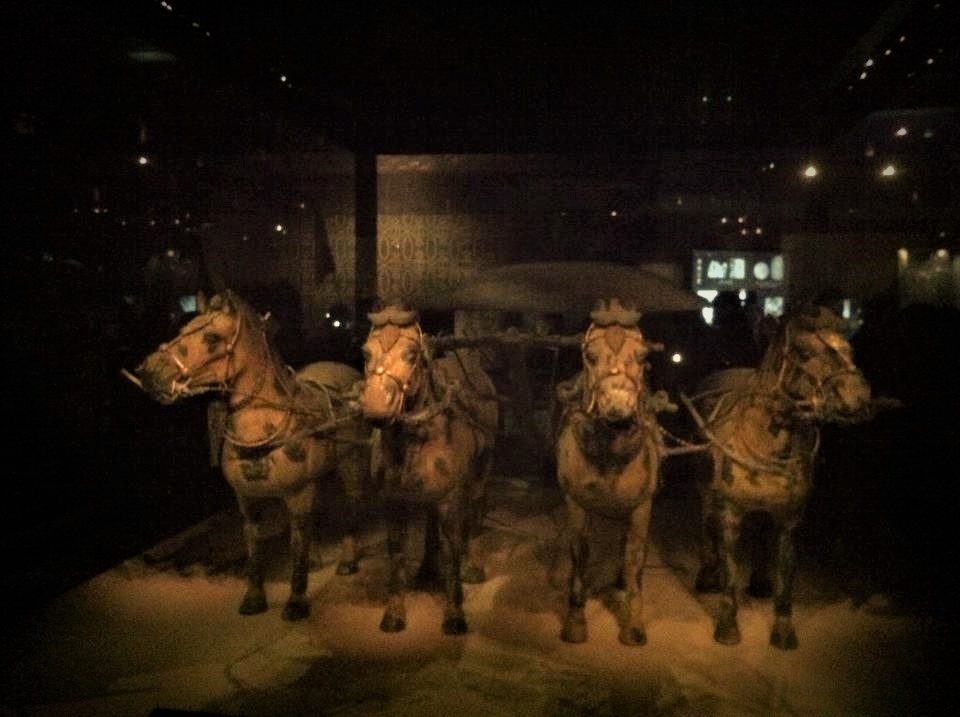
They also have a really good exhibit that educates the public about the archaeological processes of excavating, conserving, and restoring the Terracotta statues.


After we were done exploring the museum and pits we headed back to our hostel (Xian Shuyuan International Youth Hostel) where we had some hot showers and then we headed down to the Terracotta Warrior themed bar in the basement and drank some China beers.
Check out our previous post about the Great Wall of China if you want to learn a bit more about visiting China’s famous archaeological sites.

